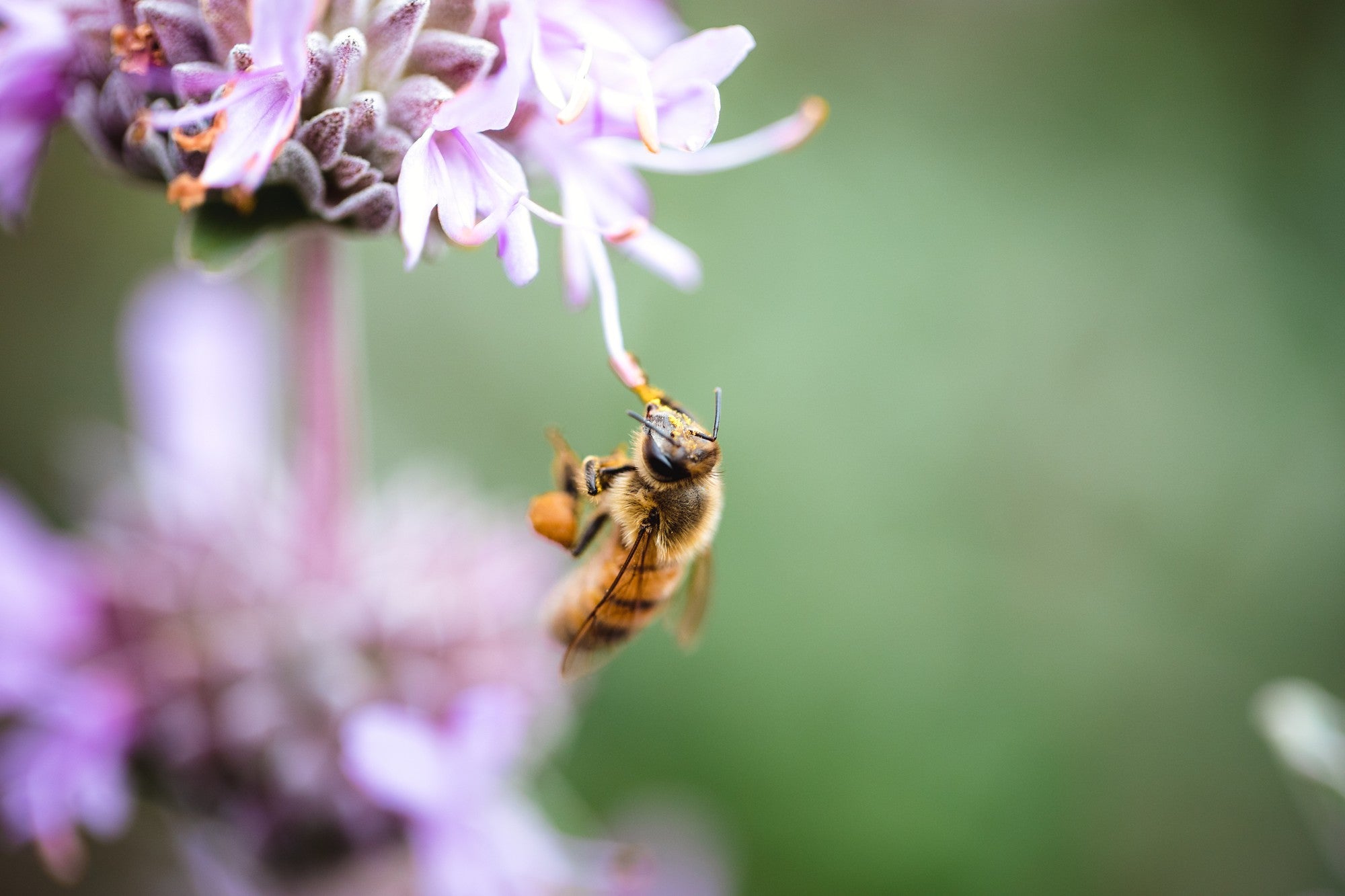The leafcutting bee is a fascinating species that plays a critical role in pollination and nest building. These bees are named for their unique ability to cut circular pieces of leaves, which they use to create secure nests for their larvae. Despite their industrious behavior, a common question is: do leaf cutter bees sting?
Fortunately for gardeners, leafcutter bees are non-aggressive and rarely sting, making them ideal companions for a thriving pollinator-friendly garden.
Why Do Leafcutter Bees Cut Leaves?
One of the most distinctive behaviors of leafcutting bees is their ability to cut precise, circular sections of leaves. These bees use the cut pieces to line their nests, providing protection for their developing larvae. While the sight of leaf damage may be concerning, these cuts do not harm the plant. Instead, they’re a small price to pay for the valuable pollination services these bees offer to flowers and vegetables.
Do Leafcutter Bees Sting?
Many people wonder, do leafcutter bees sting? Although these bees are capable of stinging, it’s an extremely rare occurrence. Leafcutter bees are solitary creatures, meaning they don’t have a large hive or colony to defend, unlike honey bees.
This lack of defensive behavior, combined with their gentle nature, means you can work alongside them in your garden without fear of being stung. Even if they do sting, it’s much milder than a honey bee sting and is not dangerous.
Life Cycle of Leafcutter Bees
The life cycle of bees in the leafcutter family is unique. Female leafcutters create nests in pre-existing holes or hollow stems, where they lay their eggs. Each egg is placed in a separate cell, which is then lined with leaf pieces. The bees seal the cells with more leaves, ensuring that the larvae have protection as they develop. This efficient nest-building process is key to their survival and helps them emerge as fully grown bees the following spring.
Leafcutter Bees in Your Garden
Adding leafcutting bees to your garden can significantly improve pollination. These bees are especially effective at pollinating flowering plants and crops like alfalfa, sunflowers, and tomatoes. Their ability to carry pollen on their abdomen makes them excellent pollinators for a variety of plants. In fact, their gentle nature and efficient pollination abilities make them one of the best bees for agriculture and backyard gardens . Additionally, the encourages biodiversity and helps maintain a healthy ecosystem.
How to Start a Bee-Friendly Garden
If you’re interested in supporting leafcutting bees, creating a bee-friendly environment is easier than you might think. Start by planting a variety of flowers that bloom throughout the season to provide a steady supply of nectar. Flowers such as sunflowers, roses, and lavender are favorites for leafcutters. Providing bee hotels or other nesting materials like hollow stems will encourage the bees to settle in your garden and build their nests .
- Choose plants that soft leaves for nest-building.
- Avoid pesticides, which can harm bees and disrupt their nesting behavior.
- Provide nesting sites such as hollow plant stems or purchased bee hotels.
Enhance Your Pollinator-Friendly Garden with Swarm Commander
By welcoming leafcutting bees into your garden, you’re not only improving pollination but also supporting a critical part of the ecosystem. Their ability to cut leaves and pollinate makes them unique and beneficial pollinators. Best of all, these gentle bees won’t sting unless provoked, making them a safe and valuable addition to your backyard.
Want to boost pollination and support your local bee population? Swarm Commander offers a variety of tools like bee trap attractants, beetle traps for beehives and resources for bee hive relocation to help you manage your garden’s pollinators. Visit Swarm Commander today and start cultivating a thriving pollinator habitat.
Frequently Asked Questions Leafcutter Bees
Q1. Why do leafcutter bees cut leaves?
Leafcutter bees cut small circular pieces of leaves to build and line their nests. These pieces are used to create protective cells for their larvae, ensuring their survival.
Q2. Do leafcutter bees harm plants?
Leafcutter bees do not cause significant harm to plants. While they cut small sections of leaves, the damage is typically cosmetic and doesn’t affect the overall health of the plant.
Q3. Can leafcutter bees sting?
Yes, leafcutter bees can sting, but they rarely do. They are solitary bees and not aggressive, so stings are uncommon and mild.
Q4. What plants attract leafcutter bees?
Leafcutter bees are attracted to flowers with soft leaves, like roses and lilacs, and those that provide ample nectar, such as sunflowers and lavender.
Q5. How can I encourage leafcutter bees in my garden?
You can attract leafcutter bees by planting a variety of flowers that bloom throughout the season and providing nesting materials like hollow plant stems or bee hotels. Avoid using pesticides to keep the environment safe for them.



